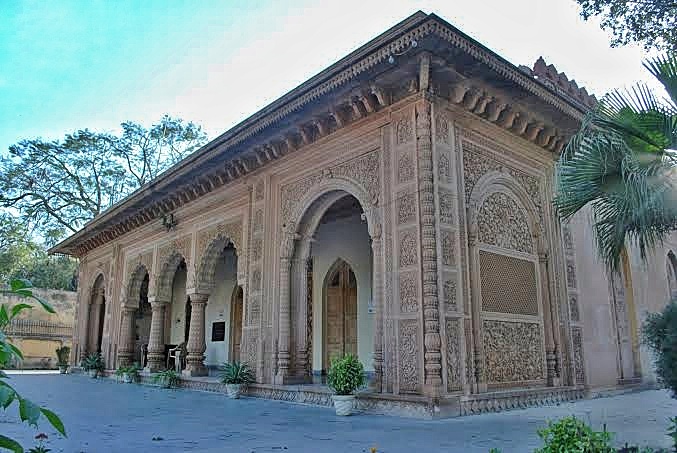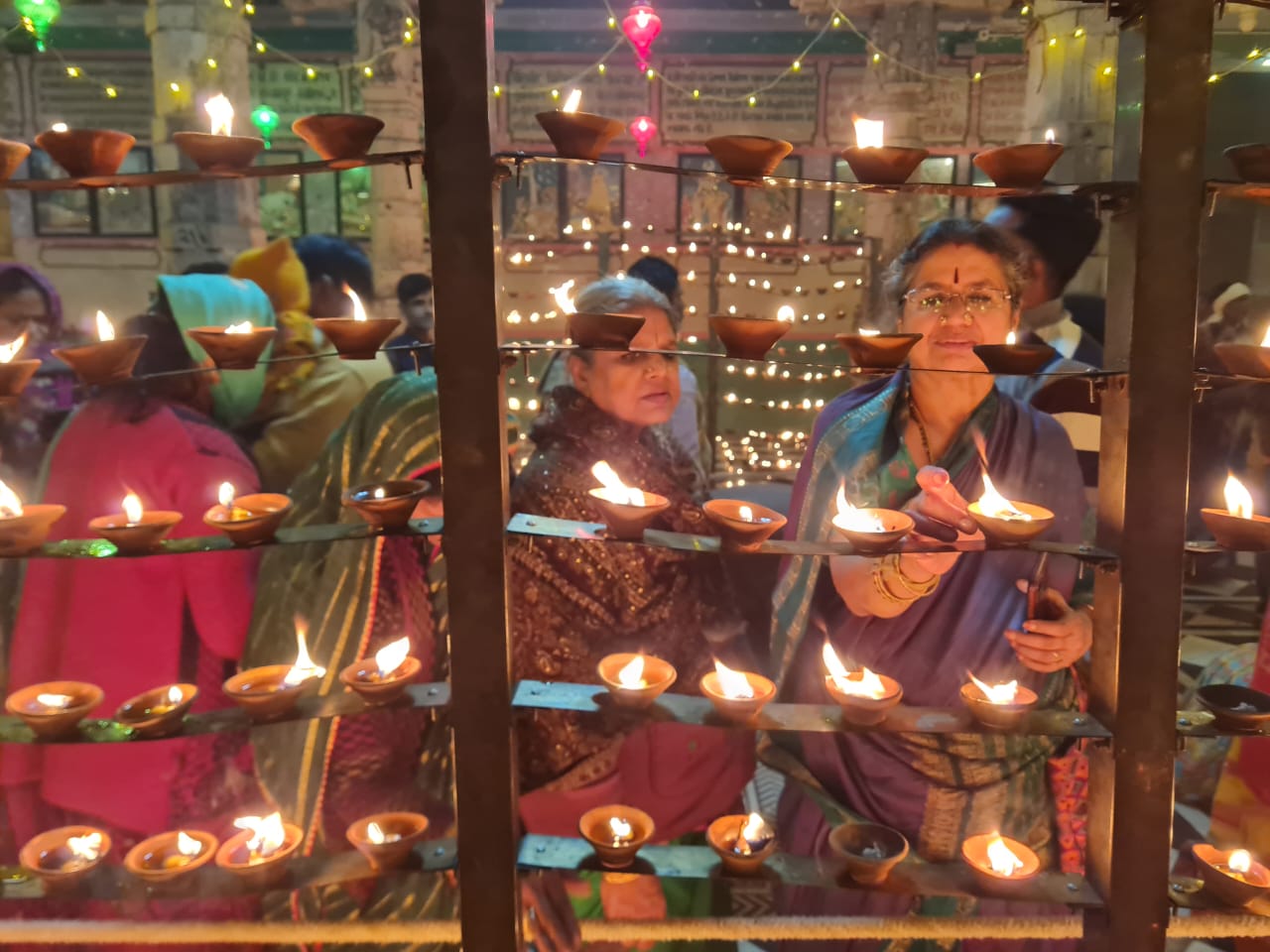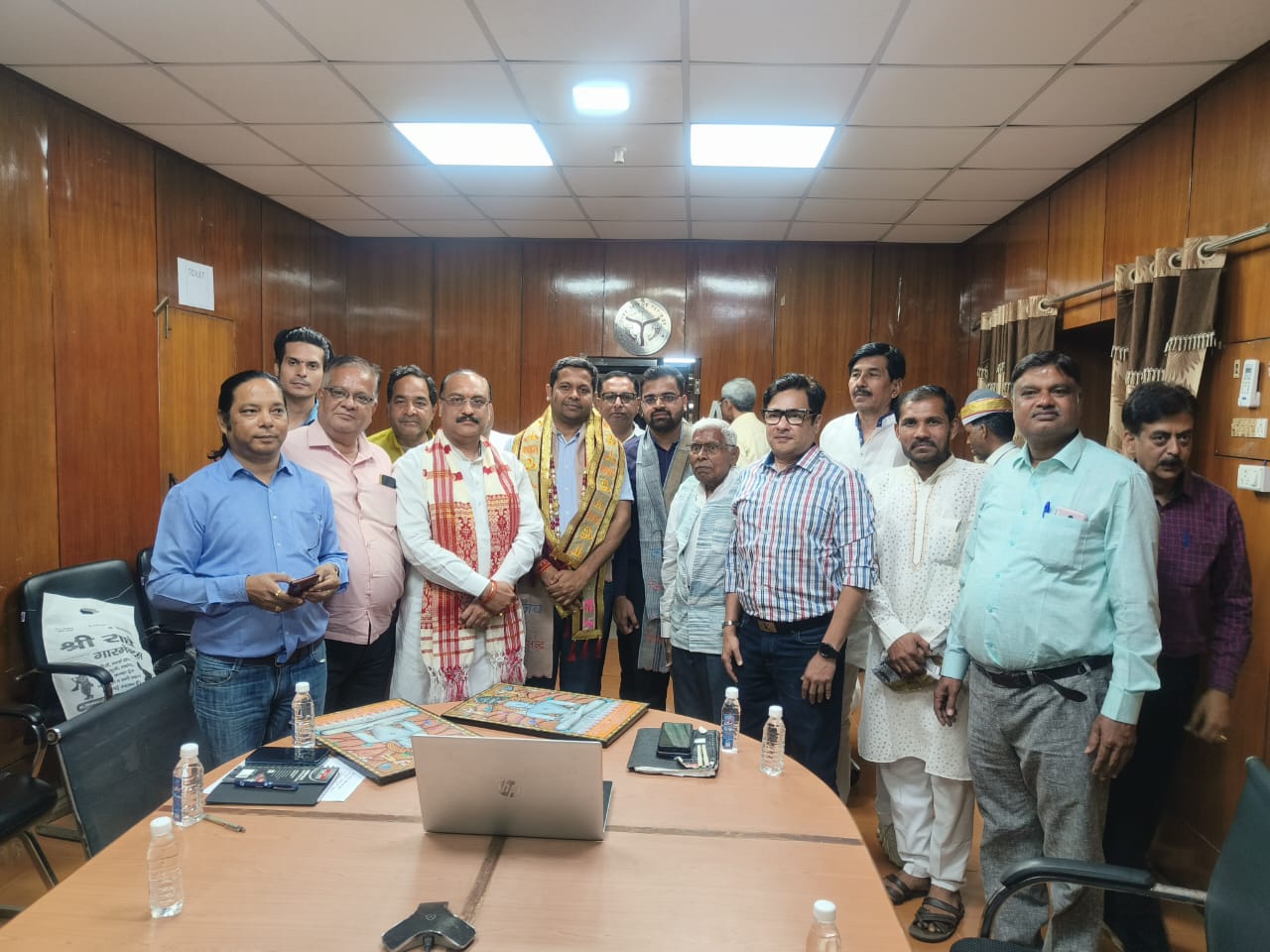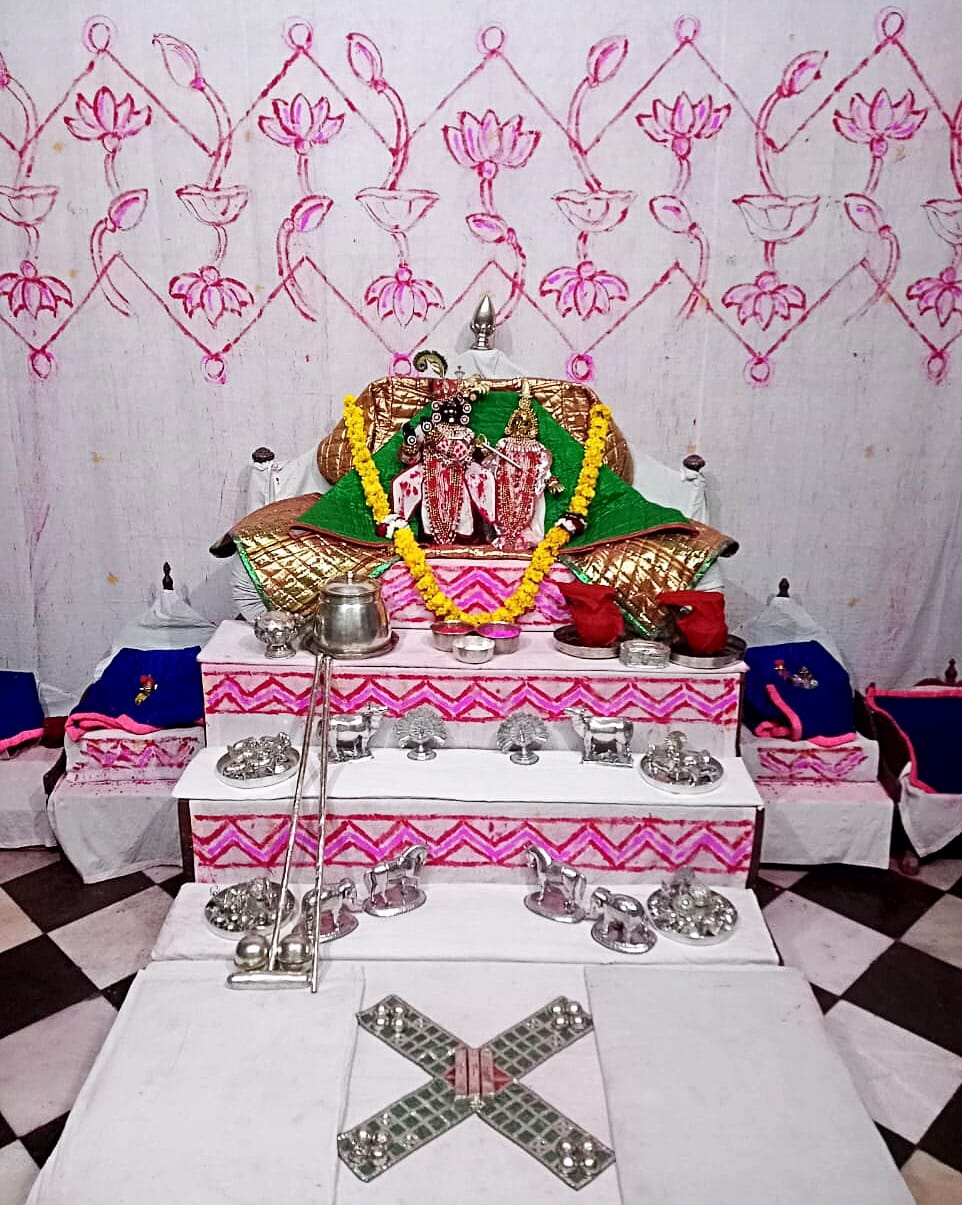- Mathura’s Government Jain Museum Showcases Magnificent Idol of Jain Tirthankara Rishabhanatha, Unveiling City’s Rich Jain Heritage
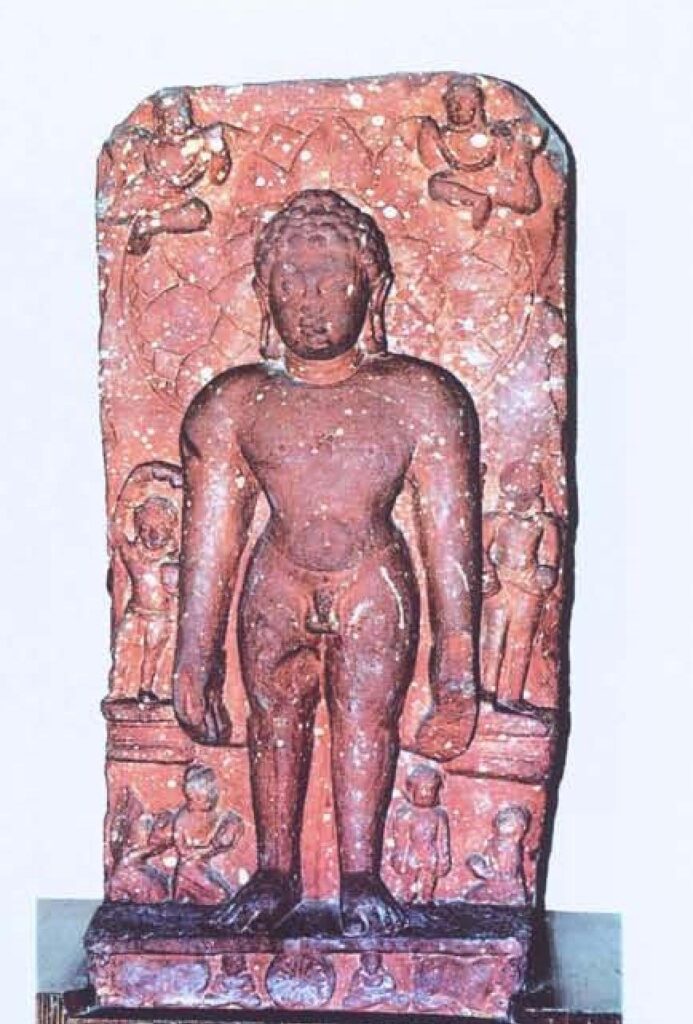
2023.05.21 (Vrindavan Today News): Mathura city, renowned as the birthplace of Lord Krishna and the land of delectable Peda sweets, stands as a custodian of Jainism’s rich history. The red spotted stone idols, crafted in the distinctive Mathura art style, and the Jain Ayagapatt adorned with auspicious symbols bear witness to this profound heritage.
Preserved within the Government Jain Museum in Mathura, numerous inscriptions and artifacts obtained from excavations captivate visitors, spanning from the medieval period to the 13th and 14th centuries. Among the 66 securely housed idols, the center of attention remains the magnificent statue of the first Tirthankara, Rishabhanatha, depicted in the Kayotsarga posture.
During excavations at various sites in Mathura, large-scale discoveries of Jain and Buddhist statues were made. In order to safeguard this historical wealth, the British collector F.S. Grouse established the museum in its current location at Varavar in Sadar tehsil, within the Collectorate premises. The sculptures discovered during the excavations in Mathura found a sanctuary in this museum.
In 1936, the Buddha and other idols were relocated to a new building in Dampier Nagar, while the idols related to Jainism remained in the original structure. The State Jain Museum is a center of attraction for its Jain-related sculptures obtained from various locations, including Valabhadra Kund, Kankali Tila, Mathura City, Chaiviya Pada, Govind Nagar, and the village of Isapur on the Yamuna riverfront. Along with Lucknow, these sculptures also attract attention in museums in Delhi and other places.
The museum’s collection owes its existence to the meticulous efforts of the Archaeological Survey of India (ASI). The Kankali mound witnessed its first excavation in 1862, an endeavor that spanned three years. Subsequently, extensive excavations were conducted from 1888 to 1892, unearthing approximately 750 Jain idols. Among these treasures, the majority emerged from the Kankali mound, including the statue of Rishabhanatha, the first Jain Tirthankara.
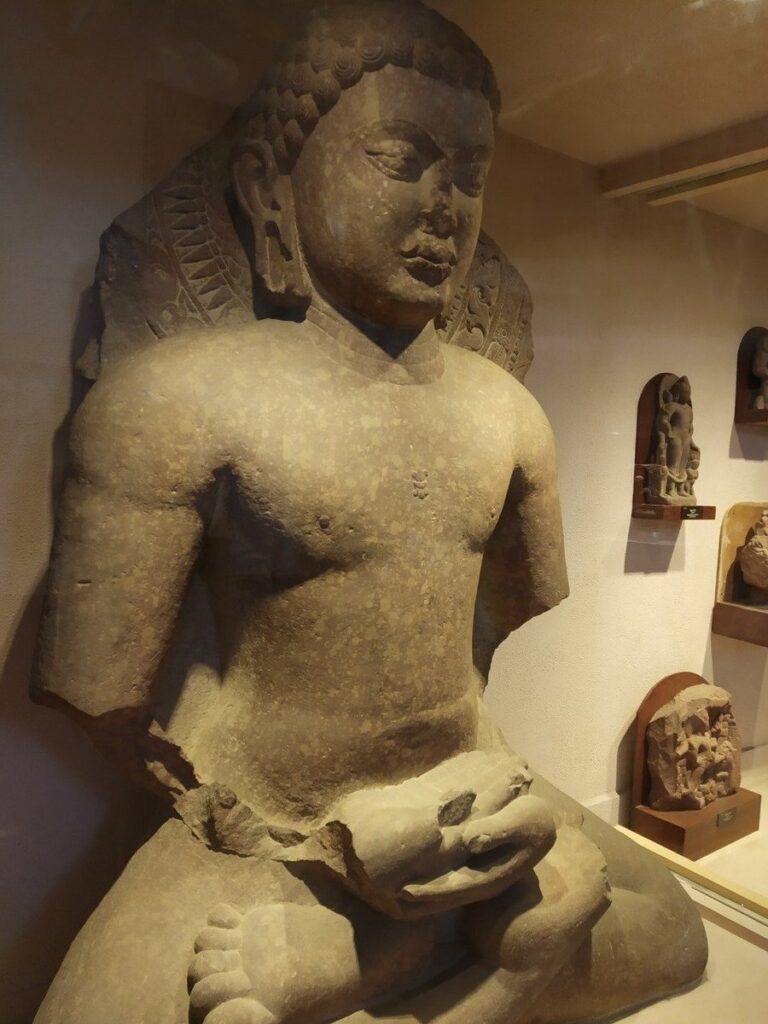
Mathura served as a site of penance for numerous eminent Jain Tirthankaras. The Tirthankara idols discovered here, ranging from the Sunga period to the medieval era, include Padmasan posture idols of Rishabhanatha, Naiminath, Mahavira, Parshvanath, among others. Additionally, the collection encompasses head and seated images of Jain Tirthankaras.
Vijay Pal Singh, a gallery attendant at the museum, highlighted the significance of the idol and the broader collection of Jain artifacts. He emphasized, “These findings offer a captivating glimpse into the vibrant Jain heritage of Mathura, underscoring the profound cultural and historical connections that this city shares with Jainism.”
The unearthing of the idol of Rishabhanatha in Mathura serves as a testament to the deep-rooted Jain legacy and further enhances the city’s stature as a site of immense cultural and historical significance. .


